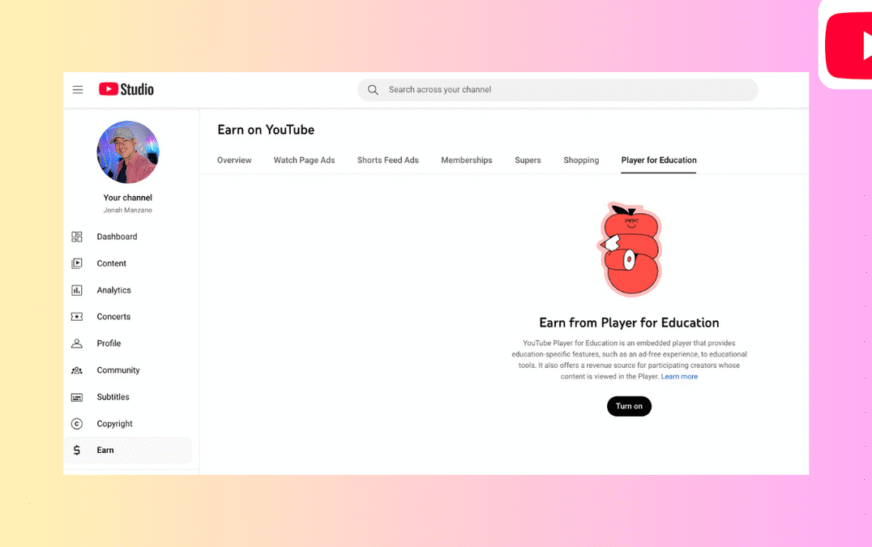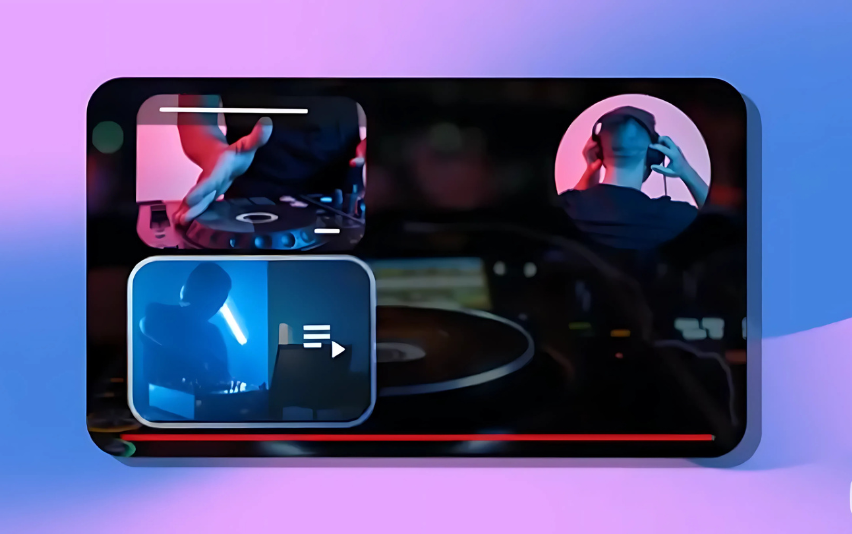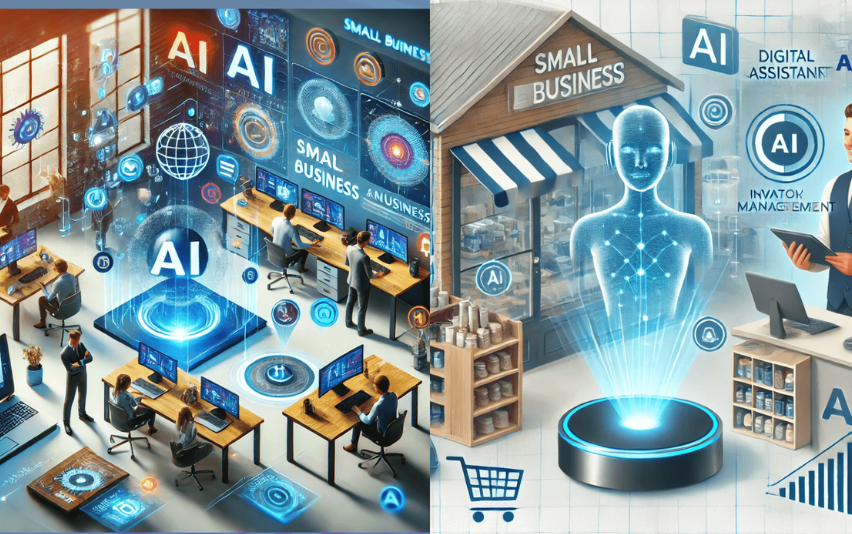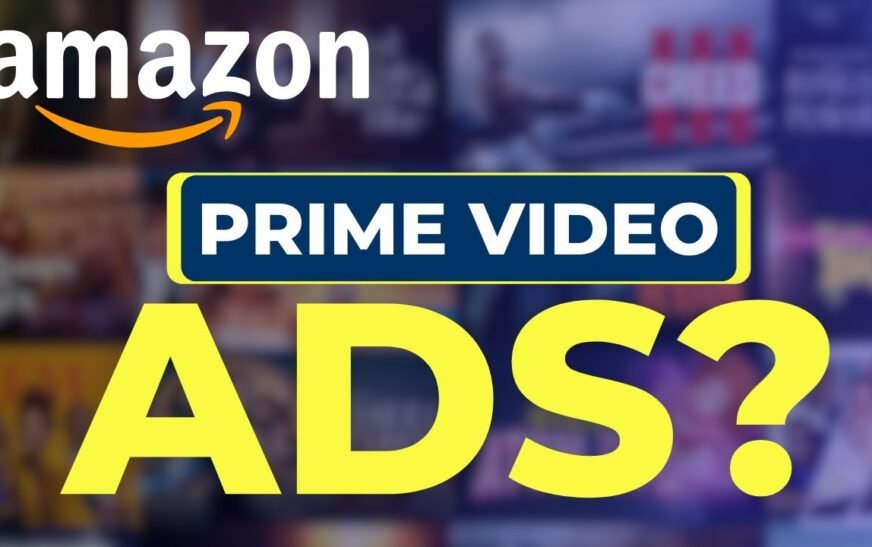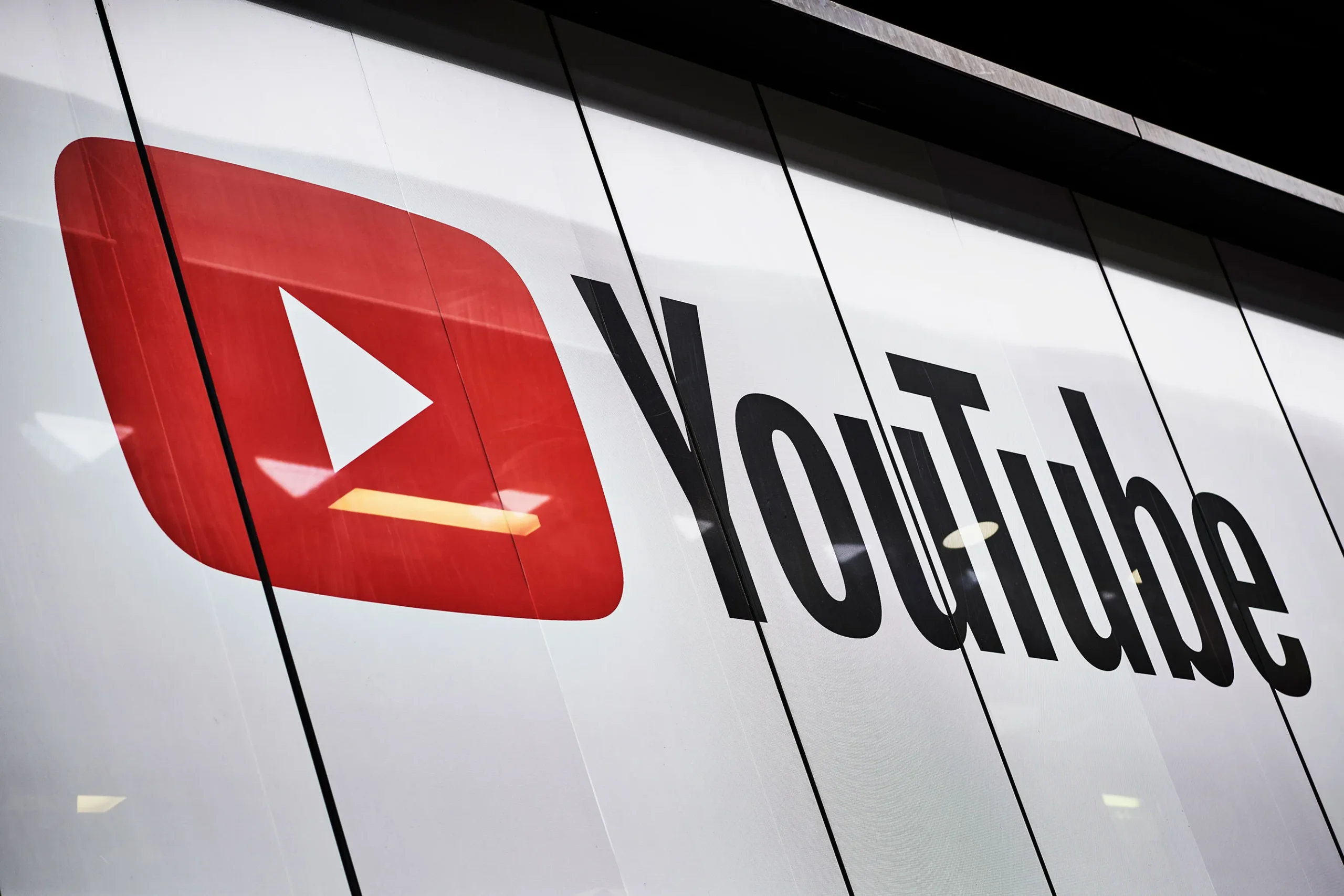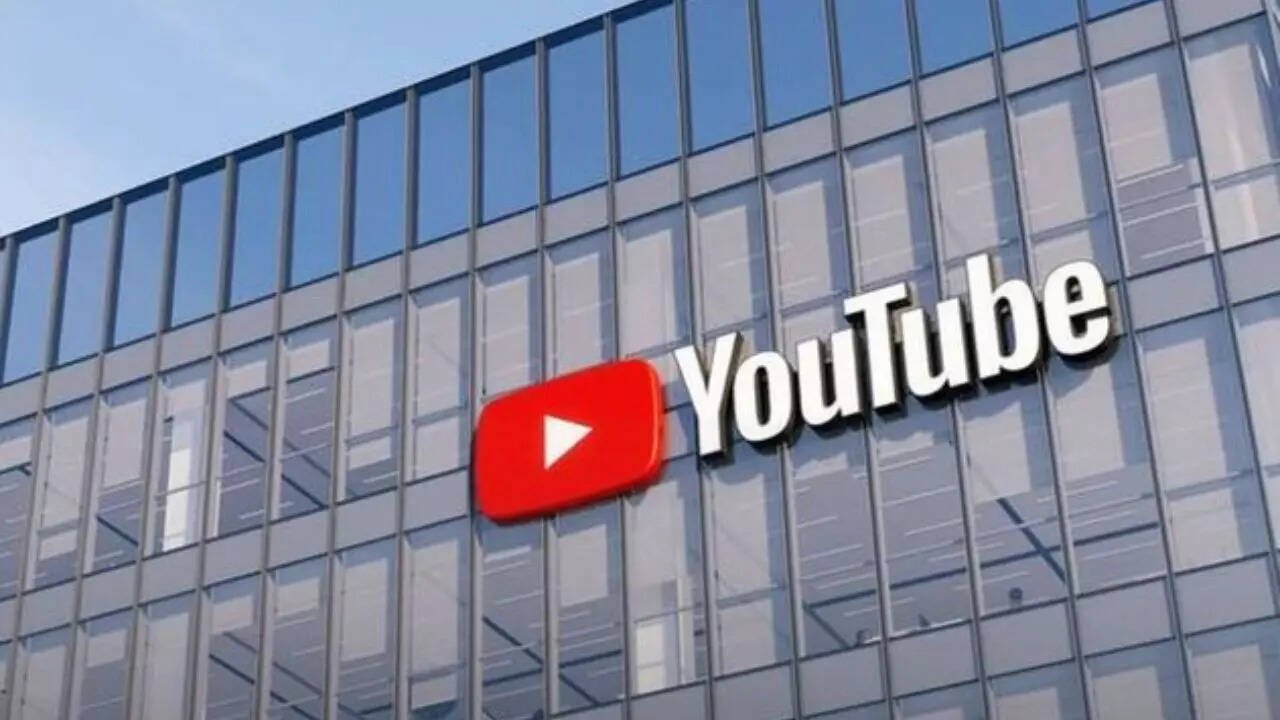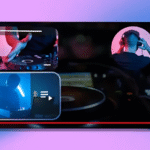In 2025, YouTube has taken a game-changing step by introducing a new revenue stream for educational content creators. This move reaffirms YouTube’s commitment to supporting the growing edtech and e-learning economy, and it creates promising monetization opportunities for creators who prioritize value and learning over viral trends.
With over 2.7 billion monthly users, YouTube remains the world’s largest video-sharing platform. Educational creators have long used it as a free platform to share knowledge, build communities, and generate income through ads and sponsorships. But the new model offers something more: diversified monetization, better targeting, and scalable learning experiences.
If you’re looking to monetize educational content on YouTube, this update is for you. In this blog, we’ll explore what this new revenue model entails, how it works, and why it’s a big deal for edutainment creators, online teachers, and edtech influencers.
What is the New Revenue Stream for Educational Content Creators?
YouTube’s newly launched revenue model includes:
- Educational Product Shelves
- YouTube Learning Subscription Tiers
- Certified Course Monetization
- Ad-Free Learning Hubs
- Premium Educational Shorts
These features allow educational YouTubers to sell digital courses, provide exclusive access to structured learning, and even offer certified curriculum modules within YouTube itself. By partnering with platforms like Khan Academy, Coursera, and edX, YouTube has streamlined access to monetizable learning content.
How It Works: Breaking Down the Features
Let’s explore these new monetization streams for educational creators in detail:
1. YouTube Educational Product Shelves
Much like merch shelves, educational creators can now list ebooks, guides, templates, or study material directly under their videos. These are displayed natively and can be linked to payment processors or even YouTube Shopping.
2. Subscription-Based Learning Tiers
Think of it as Patreon for teachers—YouTube allows creators to offer exclusive video lessons, practice tests, and live Q&A sessions to subscribers who pay a monthly fee. This enables sustainable YouTube income for educators.
3. Certified Course Monetization
If you’re offering a structured course, YouTube now allows integration with third-party certifications and platforms. That means creators can build credibility while charging premium rates.
4. Ad-Free Learning Playlists
For institutions or creators offering classroom-style content, YouTube now enables ad-free video collections. Viewers can subscribe to premium playlists with focused learning journeys—great for exam prep, skill development, and niche education.
5. Premium Educational Shorts
With YouTube Shorts gaining traction, creators can now monetize short educational snippets with brand integrations, exclusive lessons, and featured placement in the Learning tab.
Benefits for Educational Creators
The newly launched revenue features are a win-win for both YouTube and its creator base. Here’s why:
- Diversified Income Streams: Beyond AdSense, creators can now earn from subscriptions, digital products, and courses.
- Higher Engagement: Learners are more likely to engage with value-driven content when it’s structured and premium.
- Better Discovery: YouTube’s Learning Tab will now feature verified educational content, improving visibility for teachers, coaches, and trainers.
- Lower Competition from Clickbait Content: Since this initiative rewards quality learning material, creators who focus on student outcomes and clarity will thrive.
How to Qualify and Apply
To take advantage of this YouTube educational monetization model, you must:
- Have a verified YouTube channel with at least 1,000 subscribers
- Follow YouTube Partner Program guidelines
- Apply for YouTube Learning Partner status
- Submit course outlines or products for review
- Be consistent in uploading educational content that complies with community standards
Once approved, creators get access to new features in YouTube Studio, allowing them to track revenue performance, user interaction, and subscription growth.
SEO Tips for Educational YouTube Channels
To maximize your success, follow these SEO best practices for educational YouTube monetization:
- Use keyword-rich titles like “How to Prepare for IELTS – Complete Guide”
- Add closed captions for accessibility and keyword indexing
- Create playlist funnels for structured learning
- Use tags like “learn with me”, “course preview”, “exam tips”, “digital notes”
- Promote your educational product shelf in your video intro and description
Real-World Examples: Who’s Winning Already?
- Ali Abdaal, a productivity YouTuber, now offers paid course content linked from his YouTube lectures
- CrashCourse, known for curriculum-style learning, is testing subscription-based exam prep playlists
- EdTech influencers are integrating Notion templates, guides, and exclusive PDF resources via the product shelf
These creators are leveraging YouTube’s new tools to turn their knowledge into scalable income streams.
Final Thoughts: Why This Matters for the Future of Learning
YouTube’s new revenue model is more than just a monetization option—it’s a cultural shift in how we learn, teach, and earn online. By providing the infrastructure for educational monetization, YouTube empowers creators to build micro-learning communities, sell digital knowledge, and grow sustainable teaching brands.
Whether you’re a seasoned educator or just starting your content journey, this is the right time to monetize your educational YouTube channel using the tools now available.
Ready to Get Started?
If you’re an educational content creator, there’s never been a better time to tap into YouTube’s new revenue opportunities. Explore the features, apply for Learning Partner status, and start building your e-learning empire on YouTube today.

